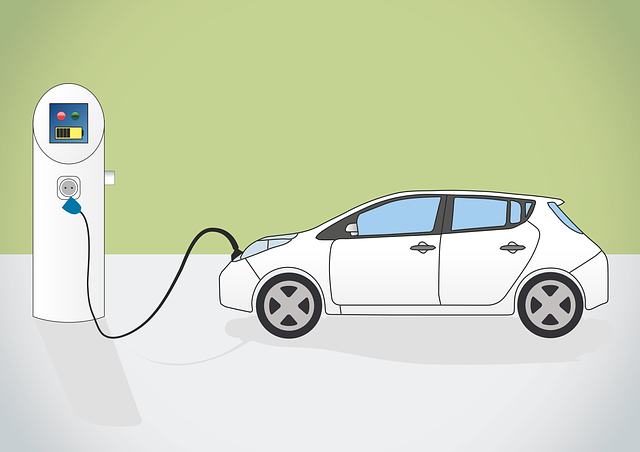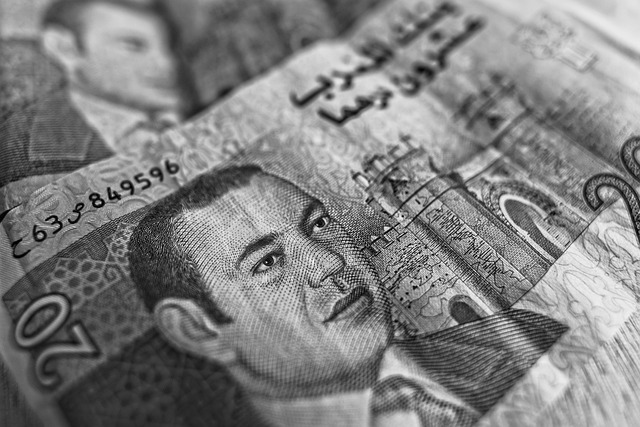Car title loan reinstatement after repossession offers borrowers a chance to regain control and maintain vehicle ownership. Lenders provide flexible payment plans, renegotiated terms, and new loan options with lower fees and extended periods upon swift engagement. Timely payments, automatic funds transfer, and consistently meeting obligations are crucial for credit score restoration. Maintaining low debt-to-income ratios and avoiding further repossessions enhance future eligibility for car title loans.
Car title loans, a quick solution for cash needs, can lead to repossession if payments are missed. Understanding the impact of this event on your credit history is crucial. This article delves into the process of car title loan reinstatement after repossession and offers guidance on exploring options available to regain control. We’ll discuss strategies for restoring your credit score and provide insights into navigating the journey towards financial recovery, ensuring you’re informed every step of the way.
- Understanding Car Title Loan Repossession
- Exploring Options for Reinstatement
- Restoring Credit After Reinstatement
Understanding Car Title Loan Repossession

When a borrower fails to make their car title loan payments as agreed upon, the lender has the legal right to repossess the secured asset, in this case, the vehicle. Repossession is the process where the lender takes back possession of the vehicle from the borrower. This can happen if there’s a missed payment or when the borrower defaults on the loan terms. After repossession, the vehicle is typically sold to recover the outstanding debt, which can significantly impact the borrower’s credit history and future borrowing capabilities.
Car title loan reinstatement after repossession offers borrowers a chance to regain control of their vehicle and financial situation. It involves working with the lender to develop a repayment plan. Repayment options may include catch-up payments or an adjusted loan term. Keeping your vehicle can be beneficial, especially for those who rely on it for daily commuting or work purposes, as opposed to opting for a semi truck loan in situations where repossession is imminent.
Exploring Options for Reinstatement

When a car title loan goes into repossession, it’s not always the end. There are options available for reinstatement, offering borrowers a chance to get back on track. The first step is to understand the process and explore various reinstatement packages provided by lenders. These can include flexible payment plans that cater to borrowers’ financial situations, making it easier to regain control of their loans without the stress of immediate repayment.
Many lenders offer tailored solutions, such as renegotiated terms for repayment or even new loan options with different interest rates. A key consideration is to act swiftly. Early engagement with the lender can often lead to more favorable reinstatement conditions, including lower fees and extended payment periods. This not only eases the financial burden but also demonstrates a commitment to responsible borrowing.
Restoring Credit After Reinstatement

After a car title loan is reinstated following repossession, individuals have an opportunity to restore their credit score and history. The first step in this process involves demonstrating responsible financial behavior by making timely loan payments. This can be achieved by setting up automatic payments or enrolling in a direct deposit system that ensures funds are transferred promptly from your bank account.
By consistently meeting these repayment obligations, borrowers can begin to rebuild their creditworthiness. Additionally, maintaining a low debt-to-income ratio and avoiding further repossessions will significantly enhance loan eligibility for future Car Title Loans. This, in turn, allows individuals to access much-needed financial resources while also working towards a positive and healthy credit profile.
Car title loan reinstatement after repossession can be a crucial step towards rebuilding credit history. By understanding the process, exploring available options, and learning how to restore your credit post-reinstatement, you can navigate this challenging situation with a clear path forward. Remember, while setbacks may occur, proactive measures like maintaining regular payments and seeking professional advice can significantly enhance your financial trajectory in the long run.






